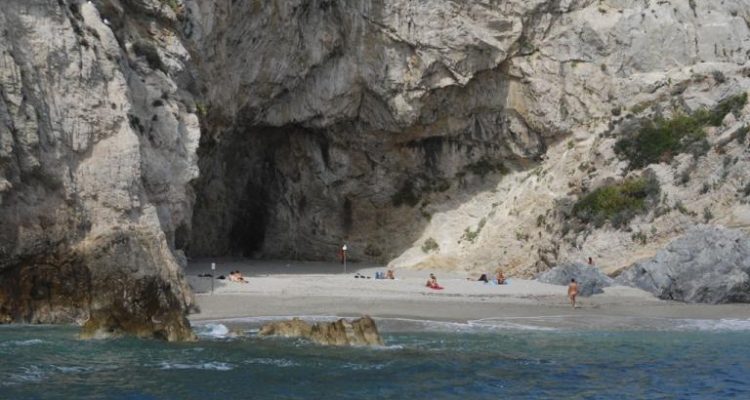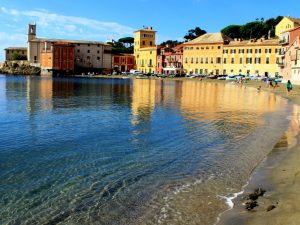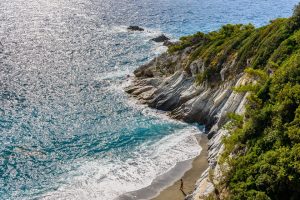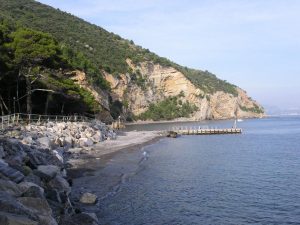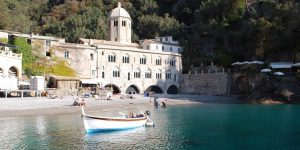How will the post lockdown be for the regions with the highest tourism rates in Italy? And Liguria in particular, how is it preparing and what will it focus on?
by Mauro Boccaccio
With a vertical drop in revenues that will reach 80 percent and with few tourists willing to travel, it is a must for the Ligurian tourism sector too, hit hard by the Covid-19 pandemic, to reopen and address much of the offer to inner tourists is the only way forward. An offer pointed towards proximity tourism too, even to residents of other areas of Liguria who will not go on holiday to Brittany or Sharma el-Sheikh this year. Provided that reopening hotels and restaurants without customers does not mean greater losses. Summer 2020 tourism in Liguria will probably represent a new way of living and “inhabiting” a holiday. Starting from a guarantee: hospitality and food do good for the districts. A complete offer addressed to Italian customers, even with an ad hoc venture for Liguria where the Ligurians of the east coast do not know the West coast and vice versa, promoting the knowledge of beaches, villages and valleys, churches and museums, parks, agri-food excellence to be discovered or rediscovered. Hospitality and food are a very important combination in normal situations and, even more so, they could be in a phase of exit from an emergency like the one we are experiencing. The interest in experiences related to hospitality and a sustainable holiday, linked to food, wine and the food traditions of the area, has grown by almost 50%. The campaign launched by the Region with the Agency In Liguria goes in this direction: The claim on the notes of “Va pensiero” is directed: “Those who love Liguria, now bring it to the table”. The campaign aims to relaunch the agri-food supply chain, to involve the world of catering and production, bringing together local producers and chefs to shorten the steps and promote the cuisine of the micro-area. But one thing is certain in Liguria too: the pandemic has changed everything, even in tourism. There is a need for a different planning, to abandon and overcome the narrative of a tourism focused only on the reception of hotels, on the beaches, on restaurants and shops to widen the range of action and encourage the integration between the different sectors as much as possible , tourism of the architectural and cultural beauties linked to the territory, pleasure boating with the breaking down of the barriers between harbors and cities, remote congress tourism, food and biodiversity themes that come from the hinterland valleys. Once and for all, overcoming the wrong concept of “seasonal adjustment”, because tourism is a company that has to work all year round, favoring the demand for different types of customers, starting with the elderly ones.

